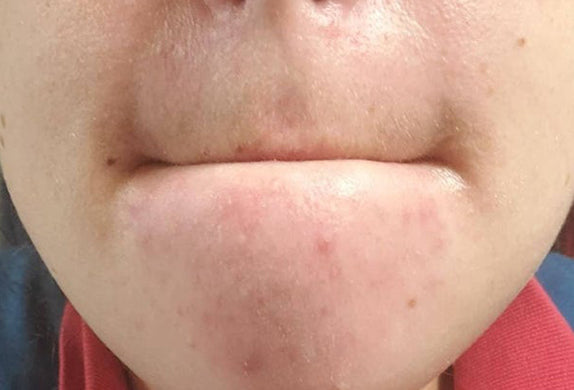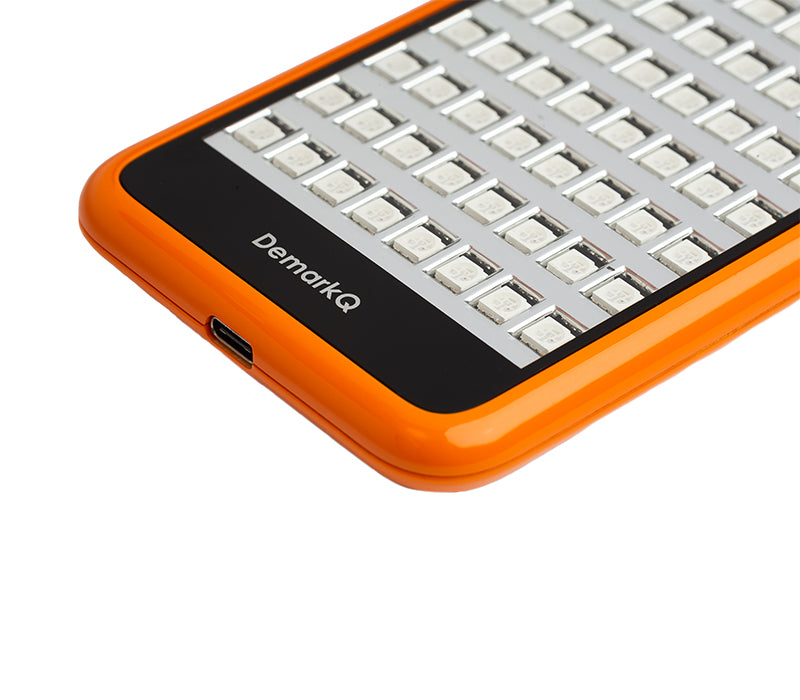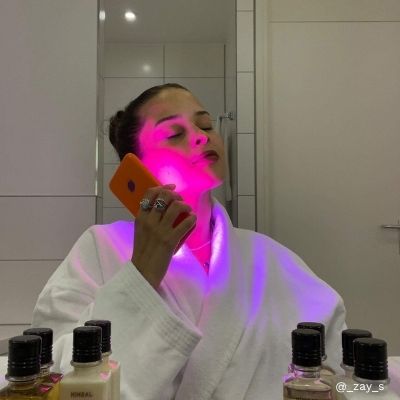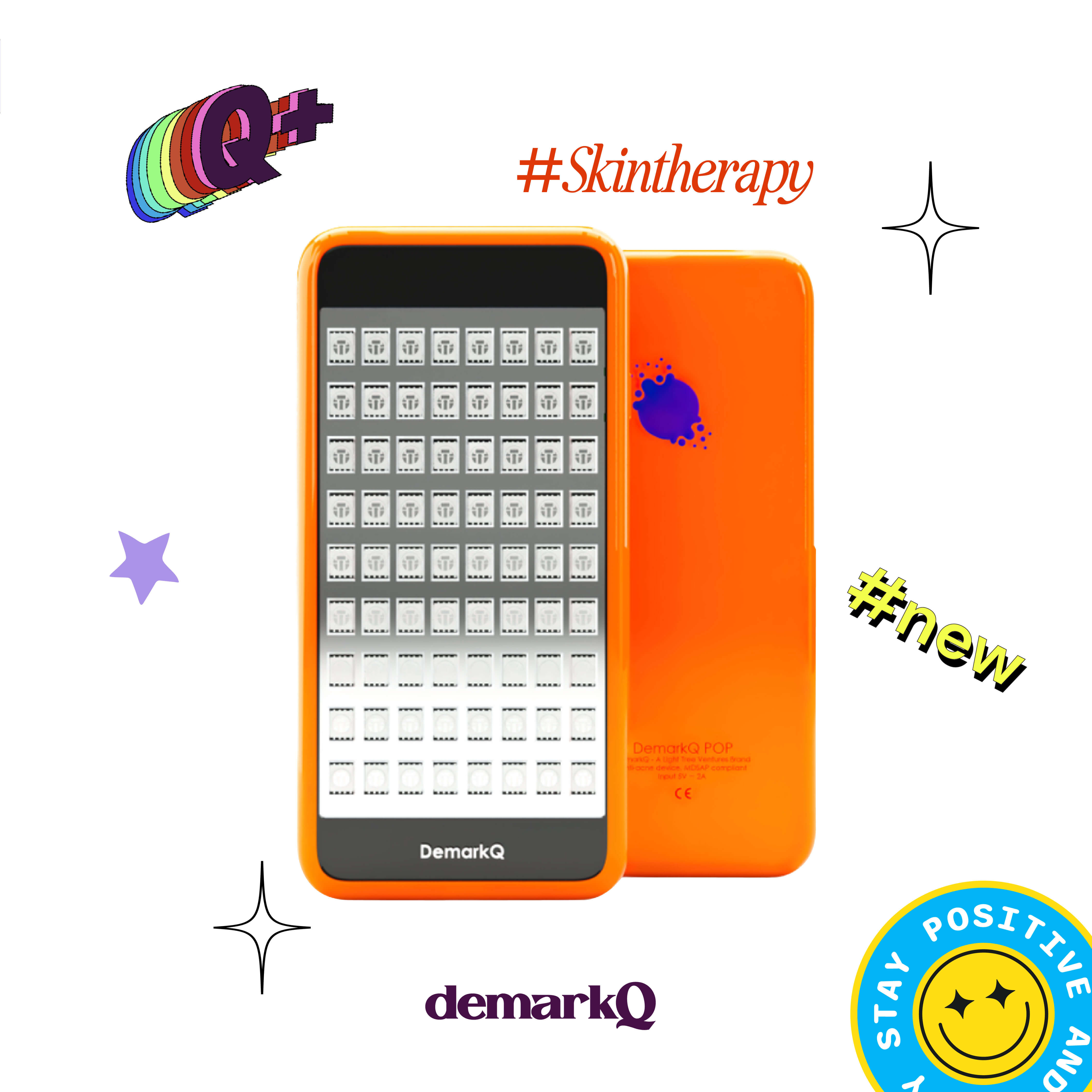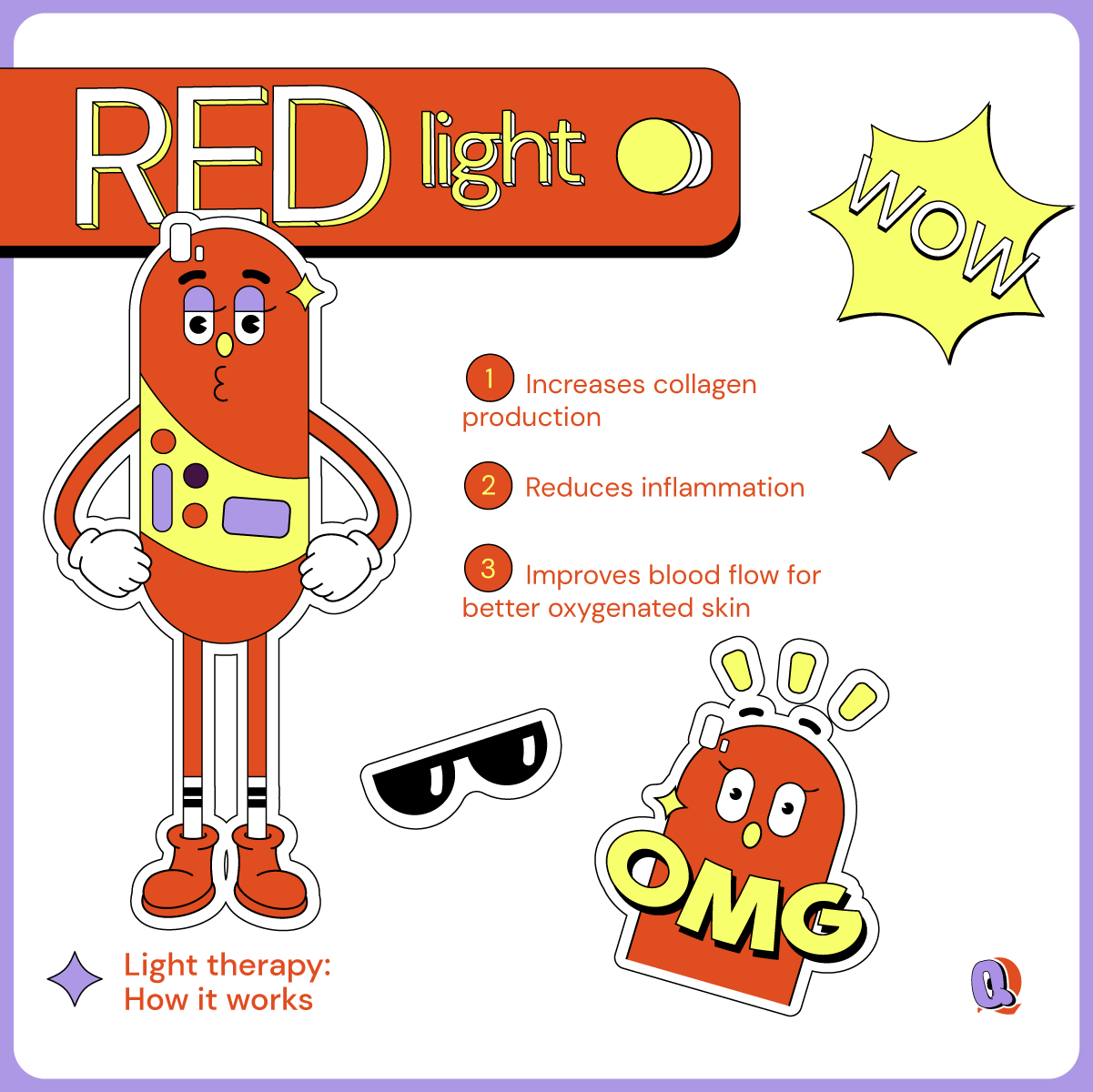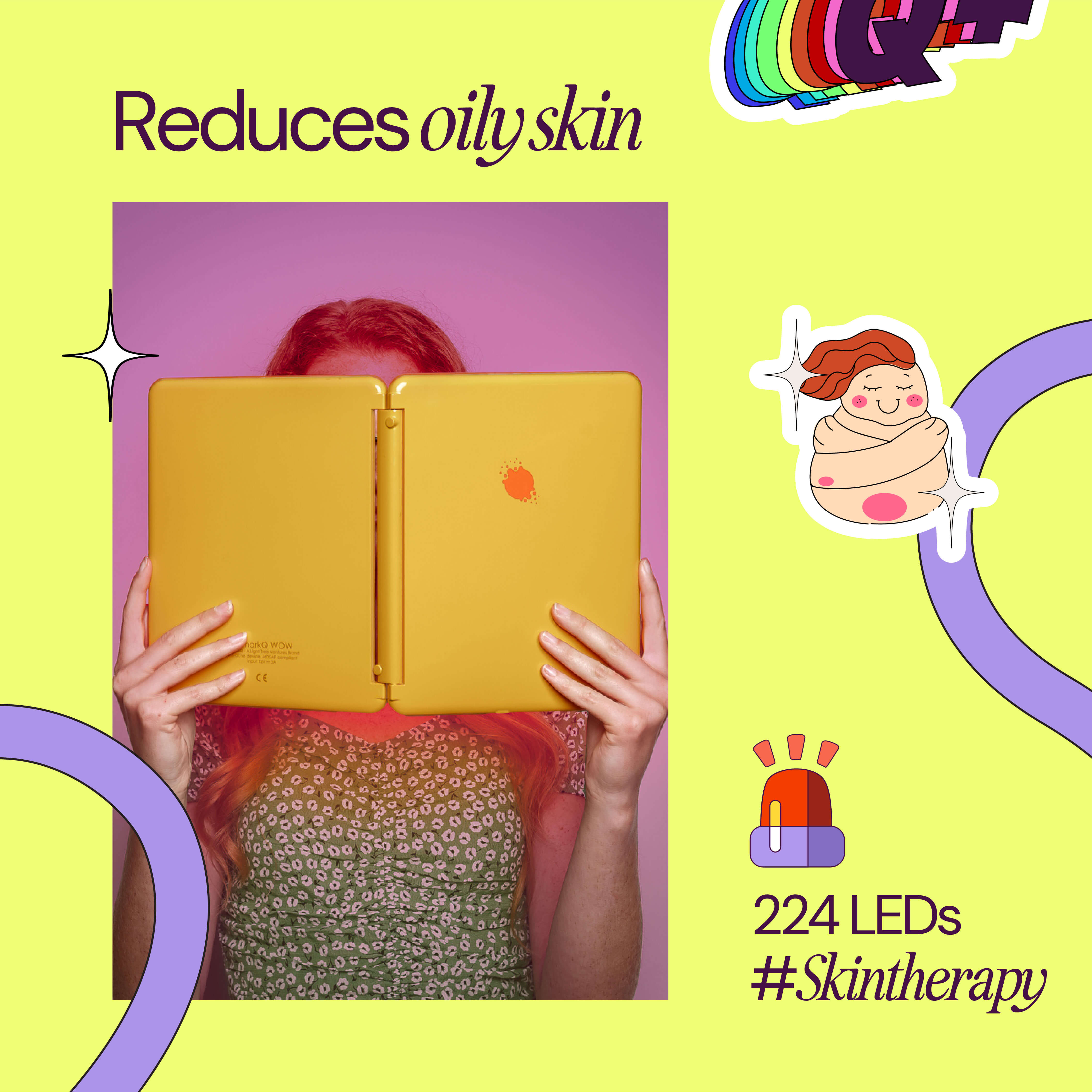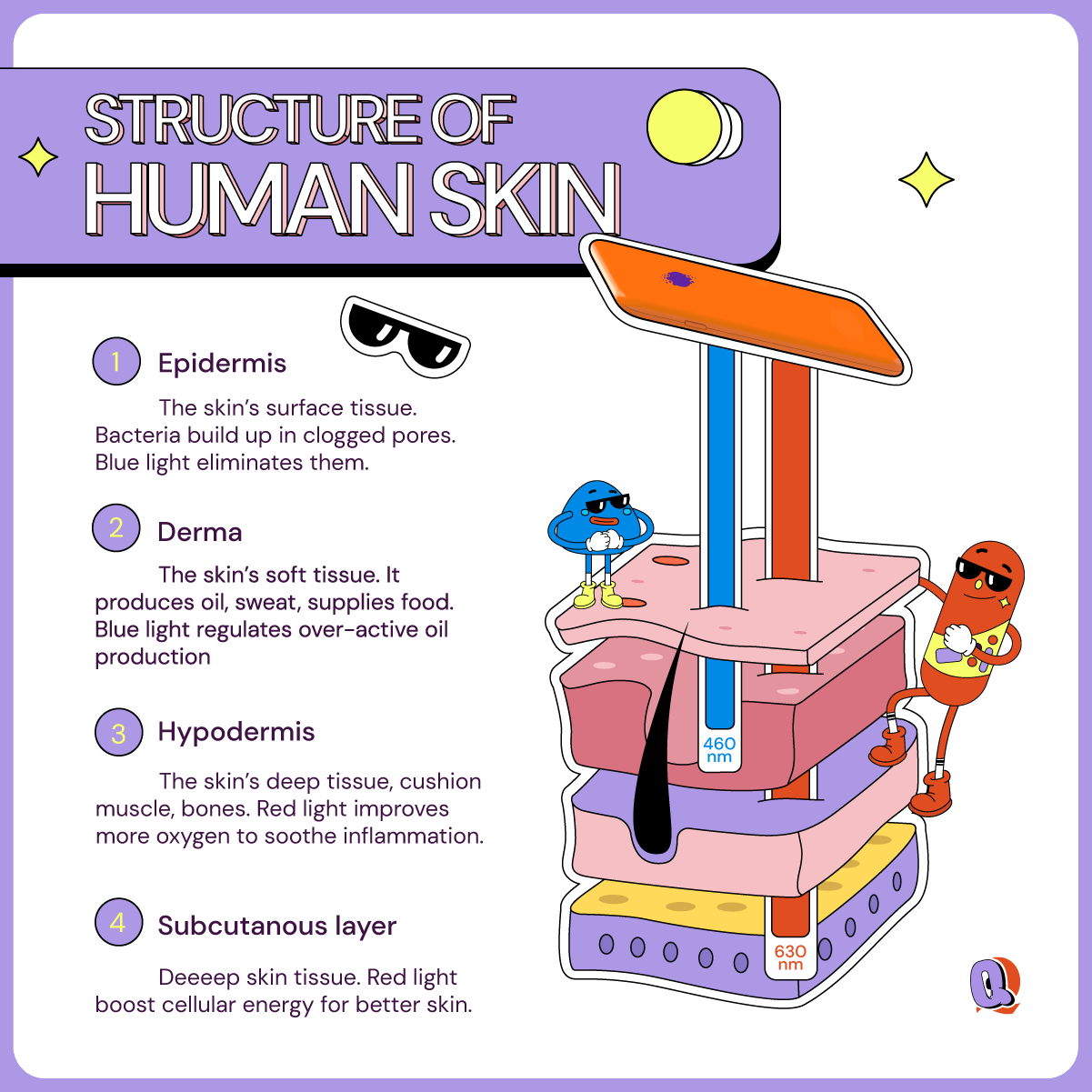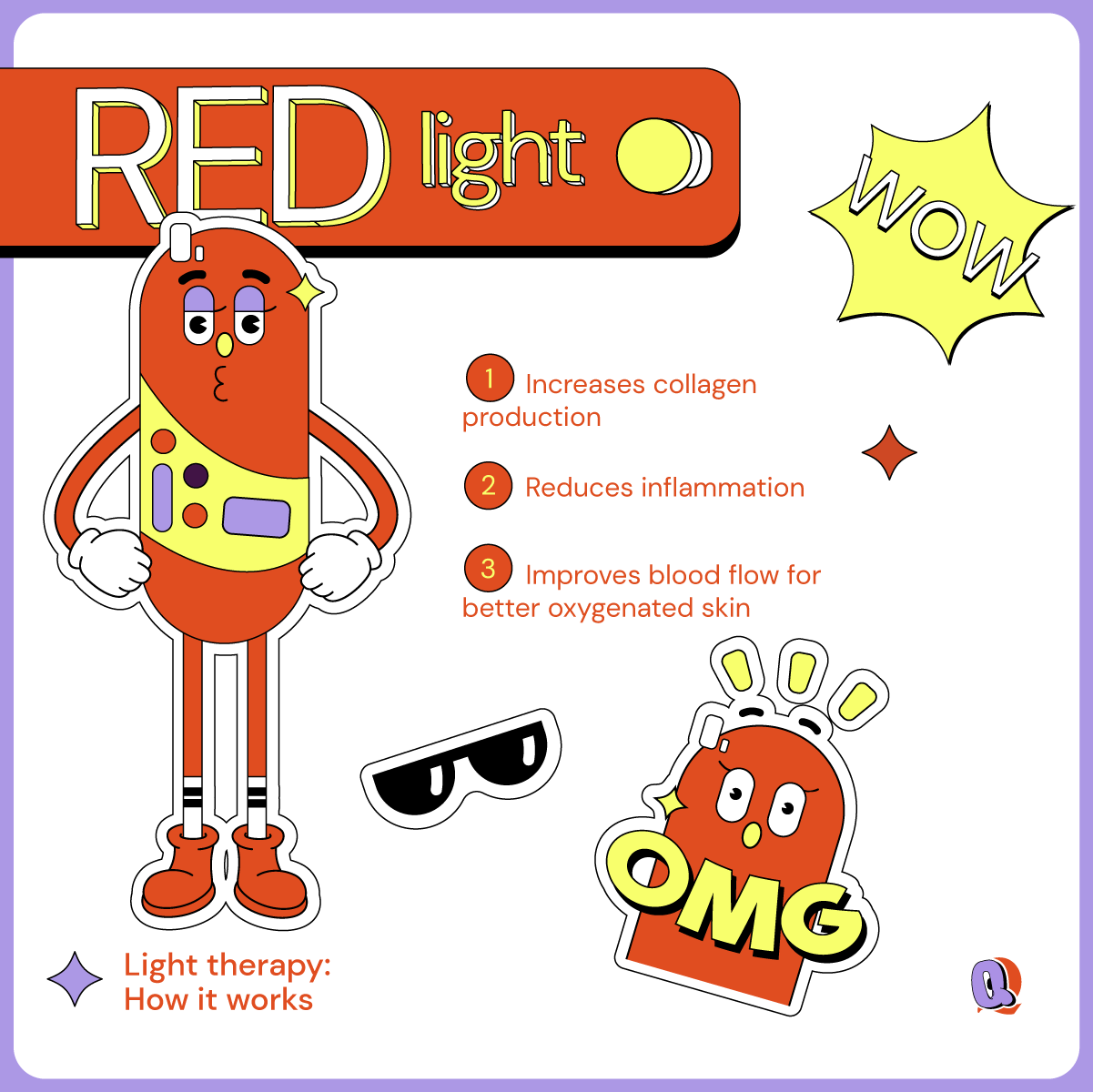How come every time you breakout, everyone seems to be an expert in skincare? Any person with acne-prone skin can easily attest to being bombarded with many ignorant comments and unhelpful skin advice. Trust us, people with acne-prone, most of us know exactly what's best for our skin, and what isn't.
Having said that, because of the pernicious nature of acne itself, many misconceptions surrounding the topic still thrive. That's why, in honor of Acne Awareness Month, we're addressing some common ideas surrounding breakouts and skincare.
So, let's begin!
MYTH #1: Breakouts are caused by dirty skin
The relationship between acne and hygiene is a big topic of discussion within the skincare community. With “wash your face” being a common advice passed around, people with acne are often made to feel like the reason like they are unhygienic for having acne.
We’ve said this before and we’ll say it again: acne is a lot more complicated than that. The one thing to understand is, acne is caused by clogged pores. And it's important to note that many things can clog pores, including sebum, dead skin, pollution, sweat, and makeup. However, that does not mean that people with acne have dirty skin or that washing your face will magically clear your skin.
Acne is a complicated condition and can be caused by numerous factors, including sebum overproduction, genetics, pore size, stress levels, climate, menstrual cycle, hormones, contraceptives, underlying diseases, diet, and irritation, to name a few. It can also be a combination of factors. So, instead of perpetuating this damaging idea, we just want to answer a few common questions regarding cleaning your face when you have acne:
This depends on the day and skin type. If you have oily skin, we recommend you wash it twice since your skin is more likely to produce too much oil clogging pores and leading to acne. Also, it depends on whether you are wearing makeup, sweat a lot, or were exposed to a lot of pollution
Yes, definitely yes. Leaving makeup on your face overnight will most definitely clog your pores. And if you’re prone to acne (have big pores, already have oily skin), then it is very likely you will breakout.
Try to avoid harsh cleansers as they will strip your skin and put your oil glands in panic mode. If you already have acne prone skin, look for non-comedogenic products that don’t leave your skin feeling tight.
MYTH #2: People with acne shouldn’t wear moisturizer
Moisturizing is the process of rehydrating the top-most layer of the skin. Another common misconception in the skincare community is moisturized skin and oily skin are not the same. Many people confuse oil with hydration, but moisturizers' role is to improve the skin's hydration by adding water to it, not oil. Just because you have oily skin doesn't mean it can't be dehydrated. In fact, for many, the lack of hydration could be increasing your skin's oiliness. External factors such as pollution, the sun, and excessive cleansing can damage the skin's moisture barrier, causing moisture loss and sending oil production into hyperdrive. The moisturizer helps maintain this barrier, preventing your skin from going berserk.
Your oily skin might push you to try out several drying treatments like Retin-A. Hydration ensures you don't over-dry your skin to the point of no return.
That being said it's essential to get yourself the right moisturizer.
👀 Look for non-comedogenic (not pore-clogging or likely to cause acne) and oil-free moisturizers.
🍸 Stay away from products with alcohol (this a general rule of thumb)
💨 Lightweight moisturizers with hyaluronic-acid are your best friends!
MYTH #3: Acne is not genetic
Unfortunately the answer to the question “is acne genetic?” is unfortunately for many of us, yes. While there is not necessarily a gene directly associated with acne, other genetic mutations can contribute to whether you are more likely to develop the condition. In fact, 80% of your tendency to develop acne can be linked back to genetic factors. This includes your immune response to acne, your pore size, hormonal factors, sebum production, and more.
So, don't blame yourself if you have acne. There are still ways to help it like a good lifestyle habits and a consistent skincare routine with the right products.
MYTH #4: Acne can be cleared by eating clean
Avoiding greasy food or milk is a common piece of advice most people with acne receive. But there are many people who eat a "clean diet" and still breakouts. So, what is it? When it comes to acne, does diet matter or not? 🤔
After much research, this is the conclusion we've reached - 𝗶𝘁'𝘀 𝗰𝗼𝗺𝗽𝗹𝗶𝗰𝗮𝘁𝗲𝗱 🤷
Acne as we know forms through a number of steps: excessive oil production in the skin causes clogged skin pores attracting bacteria in the skin which inflames the skin and turns it into a full-blown zit. These steps can be easily impacted by an endless number of things including genetics, hormones, makeup, pollution, smoking, and stress.
There is some research to suggest that certain foods like whey, milk, and sugary/fatty food can lead to acne. For example, high sugar content can cause a rise in insulin levels, altering other hormones that affect the skin and increases oil gland activity. However, even then, factors like insulin resistance can differ from person to person, making it unlikely that sugary food will cause everyone's skin in the same manner.
Regardless, for now, there are some studies that show a correlation between the chances of having current acne and consumption of
food high in fat (milk and meat) 🥩🥛sugary foods and beverages 🍰🍦
a diet high in the combination of high-fat and high-sugar foods. 🥩🥛+🍰🍦
Regardless, there is no conclusive evidence to suggest a clear relationship between food and breakouts. So, until we know more about acne, there is no one ultimate diet that can keep you from breaking out. We would still encourage you to eat wholesome food so your body can function optimally and reduce inflammation while indulging in moderation.
MYTH #5: Is face mapping real?
Face-mapping is an age-old Chinese practise that claims the placements of acne breakouts on the face reveal underlying health issues inside the body. It has been gaining wide-spread popularity for a few years now with many news outlets covering the practice. But is there any scientific evidence to back up this practise.
Most dermatologists would answer no. Currently, there is no scientific data that backs up this theory. The only exception seems to be that acne along the jawline is often associated with hormonal imbalance (more specifically high production of androgenic hormones like testosterone). Breaking out in specific zones usually have been seen to be associated with more genetic components (larger pores on the nose) or environmental and lifestyle factors (like breaking out around your cheek because of pillowcases or contact with phone). Regardless, many people still respect the practise as it is believed to be a product of years of observation.
MYTH #6: Bacterial acne and fungal acne can be cleared using the same treatment
While at first, they may appear the same, there are many key differences between fungal and bacterial acne, including the fact that they are completely different conditions.
Bacterial acne, also known as Acne Vulgaris is what we typically associate as “traditional” acne. This includes blackheads, whiteheads, and inflamed zits. They are caused when pores get clogged up and attract C. Acnes (or P. Acnes) bacteria that inflames the skin. While C. acnes bacteria can be found on healthy skin, a blockage can cause the bacteria to grow and multiply, leading to the flareups we all know and despise.
Fungal acne, or more specifically, Malassezia folliculitis, on the other hand is an infection in the skin’s hair follicles caused by an overgrowth of yeast. This yeast is a type of fungus that is always present in your skin. However, when the natural balance is upset – from simple things like trapped moisture from tight clothes to more complicated reasons like a suppressed immune system. It usually presents themselves as little bumps (almost like a blind pimples) that don’t vary in shape or size (therefore, the term fungal acne).
Because fungal acne can look quite like pimples, many people try to treat it with traditional acne targeted treatment which is usually ineffective.
Regardless, there is some hope. One treatment that works both on fungal and bacterial acne is LED (Light Emitting Diode) light therapy. There is plenty of research to indicate that both P. acnes bacteria and yeast respond well to light therapy (particularly blue light therapy in this case) and can help effectively reduce and clear the skin. So, if you are going through both conditions, it’s time to give light therapy a try.
MYTH #7: Sebaceous filaments are indicative of a dirty nose
Do you have blackheads around your nose that you just can’t seem to get rid of? Well, maybe it’s not blackheads at all. Maybe you’re dealing with sebaceous filaments. These are COMPLETELY NORMAL, tubelike structures that line your pores. They help guide the oil from the sebaceous glands (where the oil is produced) to the surface of the skin. However, when you overproduce sebum, they can “still out” and start to resemble black or white heads. They often appear as little grey dots around the nose and the cheeks.
Unfortunately for many of us, getting rid of sebaceous filaments is not an easy task. Even if you painstakingly extract each pore, they will quickly fill up. So, here are our tips to make things a bit easier.
-Understand that they are completely normal.-Try to include an oil cleanser into your routine as they will help remove surface build up and minimize their appearance.
-Using light therapy, particularly blue and red-light therapy will help balance sebum and reduce pore size!
MYTH #8: Adults don't breakout
Even though teenagers are more likely to break out than adults, acne is not just a teenage problem. The underlying cause of acne (teenage and adult) is always the same - clogged pores which are often inflamed by bacteria.
Since hormonal changes experienced during puberty stimulate oil gland activity, a lot of teenagers suffer from oily skin and therefore, acne. As the skin ages and hormonal activity starts to stabilize, the skin becomes drier, so it is less likely to breakout.
However, that doesn't mean that acne is just a teenage problem. If you have acne-prone skin, you're probably more likely to break out frequently in a particular area - whether that be your forehead, skin, or shoulder. This depends on your lifestyle, underlying causes, or simply genetics.
MYTH #9: You have to spend money to control your acne
Acne is a difficult problem to solve. There are many factors, both within and out of our control that contributes to breakouts. While we may not necessarily be able to completely eradicate pimples from our lives, there are certain things we can do every day to minimize breakouts. These are just some of those things.
If you are prone to backne, make sure you give your body a quick rinse right after you wash out your shampoo and conditioner. This makes sure your hair products don't clog up your pores and prevents backne
Make sure to wash the perimeter of your face: Have you ever broken out around your hairline or underneath your chin? A possible reason for this could be that you may not be cleaning these areas as well in an effort to “not splash water everywhere”. The best approach is probably to just accept that skincare can be messy but very rewarding.
Skipping fundamental steps like moisturizer or sunscreen: Many acne-prone individuals often struggle with finding the right moisturizer or right sunscreen, and therefore often skin these steps in their skincare routine. However, while it may take a little extra digging and research, it's important to stick with the basics for long term skin health. Also, you're making yourself more prone to breakouts by not protecting your moisture barrier.
Not changing out of your gym clothes: Exercising is good for the skin as it promotes healthy blood circulation and so, supports the skin's healing processes. However, if not washed off, sweat can plug up your pores attracting bacteria that inflame the skin and lead to full-blown breakouts.
MYTH #10: You cannot treat hormonal acne:
We're all familiar with the woes of hormonal acne. However, there isn't much clarification of what exactly happens to the skin when hormonal imbalance occurs? So, as a part of Acne Awareness Month, here are some of your most burning questions answered:
What hormonal changes cause breakouts?While opinions among experts are mixed when it comes to hormonal acne. However, common reasons for hormonal acne include excessive production of cortisol (stress-hormone) or androgen hormones. Too much of this hormone can interfere hair follicles and increase oil production. Overproduction of these hormones also often leads to inflammation, which can also be difficult for skin to cope with.
Who gets hormonal acne?
Teenagers are more likely to suffer from hormonal breakouts due to the hormonal fluctuations they go through during this period. However, adults, especially women, are also affected by it. Hormonal influxes that lead to this sort of acne is often caused by:
-Menstruation-Polycystic Ovarian Syndrome
-Menopause
-Increased Androgen Levels
Can you treat hormonal acne?
Despite its persistent nature, hormonal acne is not completely impossible to treat. Since hormones often stabilize after our teenage years, many people stop breaking out after this period. However, you can still manage this using:
-Ingestible treatments: like oral contraceptives, anti-androgen drugs-Retinoids: Topical retinoids can help reduce any sort of acne. It can lead to sensitized and reactive skin without proper tolerance build up though.
-Light therapy: This is a great way to keep oil overproduction, bacteria growth, and inflammation under control.
MYTH #11: Blood purifiers help clear acne
A few months ago, chlorophyll water swept the internet with micro influencers everywhere swearing by this remedy. This is not the first time a viral acne treatment has caught the eyes of many acne-prone individuals. But, as an effort to celebrate Acne Awareness Month, we must ask the question, does chlorophyll or any of these blood purifiers work? Or do they belong the long list of baseless DIY treatments that do nothing but ruin your skin long term.
Unfortunately, while there seems to be quite some anecdotal stories of people experiencing clearer skin, in fact there is little to no scientific proof backing up the hypothesis that acne is caused by “impure blood".
MYTH #12: Drinking water will fix your skin
Drinking water comes with a number of health benefits including improving your overall skin texture. 💧
Sufficient hydration strengthens your immune function making it better equipped to regulating a healthy skin microbiome by getting rid of acne-causing bacteria. It also helps regulate blood sugar levels, reducing insulin which in turn reduces sebaceous gland activity. This means your skin produces less oil preventing the probability of clogged pores. Finally, water also ensures your skin is hydrated, preventing your sebaceous glands from overcompensating by overproducing oil.
Water also promotes natural detoxification, helping your organs flush out toxins a little easier. While there is no research indicating that sweating more efficiently (getting rid of toxins and heavy metals) will help unclog pores, you can find many anecdotes that support this theory.
Having said this, unfortunately, getting clear skin is not just about drinking water. Acne is a multifaceted condition influenced by several factors. Dehydration is simply one part of the equation. So, if you are genetically inclined to have acne, water will not be the end-all solution to treating your skin.
So, yeah, make sure to drink your water but also don't beat yourself up if it doesn't completely rid you of your skin concerns. That's why it's important to pay attention to experiment with proven treatments like LED light therapy.
MYTH #13: Breakouts and sleep are not related
Have you ever wondered why you start breaking out after an evening of rough sleep? Or if they are even connected in the first place?
We're here to confirm to you that your suspicions are true - sleep and skin health actually have a very strong relationship. 😮 If your body is unable to get restorative sleep (basically anytime you wake up feeling tired), it will get stressed out triggering a cortisol surge. Cortisol levels, in turn, push your sebaceous glands to produce more oil increasing your chances of clogged pores and therefore, acne.
That's why it's important for your skin health (and general health really) that you get enough good quality sleep. Don't neglect rest, it's a lot more important than we give it credit for. 😴😴




